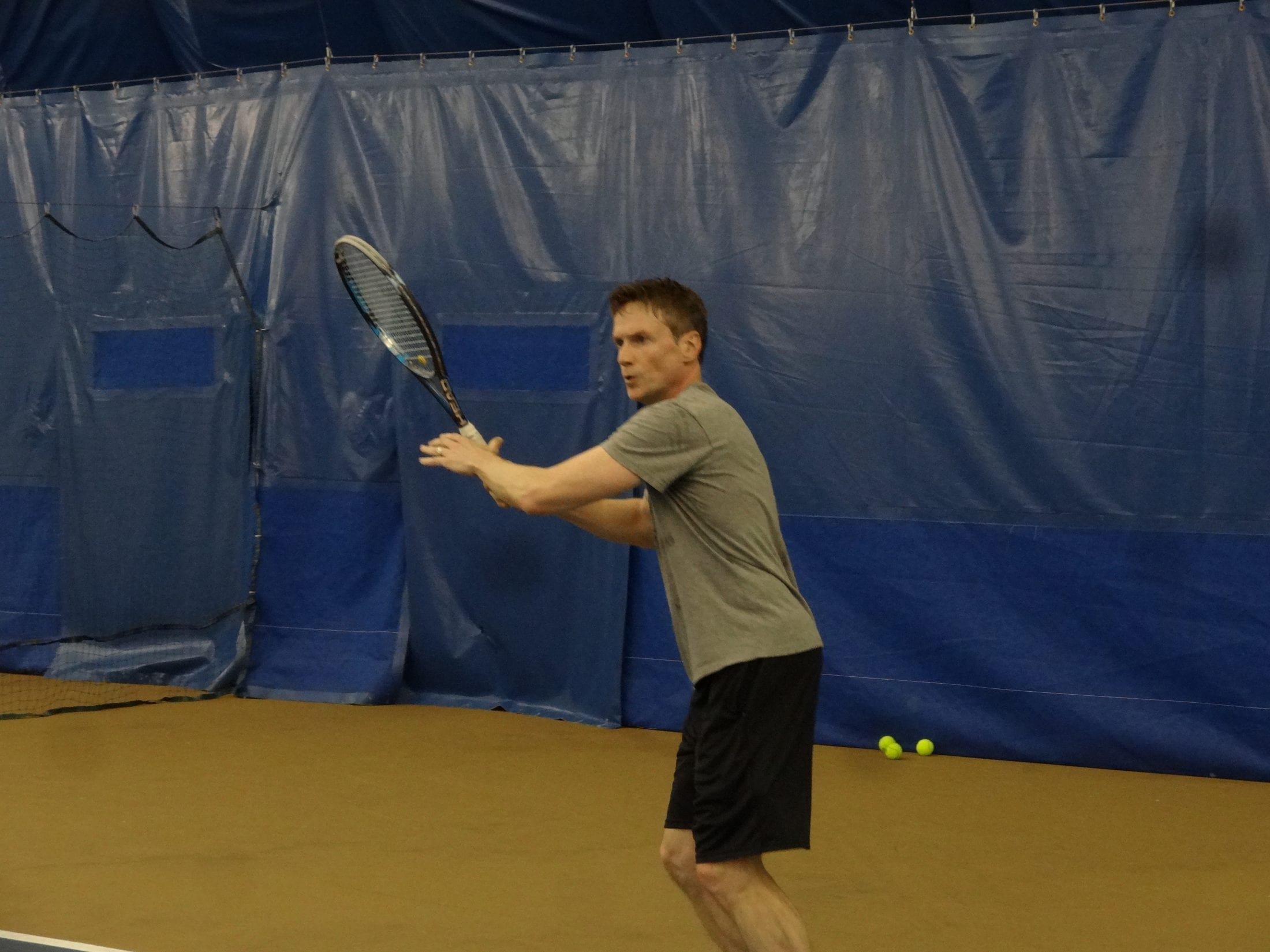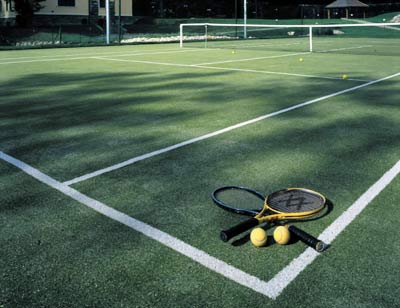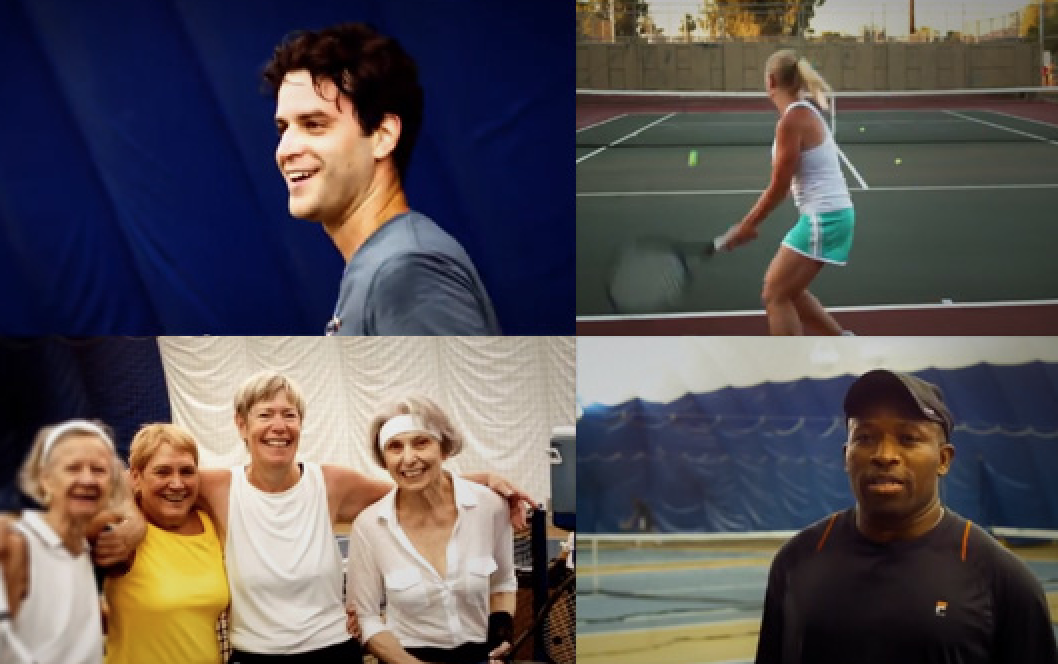How to Practice Like a World-Class Player (Guest Post)
GUEST POST
 Jack Han is a Montreal, Canada-based entrepreneur and digital marketing consultant. He began playing tennis competitively in high school and currently competes in 4.5 and Open-level tournaments. He enjoys traveling around the world to attend ATP and WTA tournaments and has been writing about the pro game on a freelance basis since 2008 for Tennisconnected.com.
Jack Han is a Montreal, Canada-based entrepreneur and digital marketing consultant. He began playing tennis competitively in high school and currently competes in 4.5 and Open-level tournaments. He enjoys traveling around the world to attend ATP and WTA tournaments and has been writing about the pro game on a freelance basis since 2008 for Tennisconnected.com.
By Jack Han
It’s been exactly ten years since I’ve gotten interested in tennis – I remember watching Roger Federer win Wimbledon for the first time as a teenager back in 2003. Over the years, I’ve spent a lot of hours working on my game on the local courts (I currently compete at the 4.5 and Open level in Canada), and have also had the unique privilege to cover the professional game across the world (Roger’s Cup, US Open, Davis Cup, etc.) for Tennisconnected.com.
Professional players on both tours are insanely talented and great at what they do, but no one is born with that level of ability in any discipline. A pro’s mastery of tennis is simply a natural extension of the excellent habits (technical, tactical, mental and nutritional) that he or she has followed from a very young age.
Here are some simple, yet effective practice drills used by ATP and WTA touring pros. Give them a try, you’ll like the results.
1) “TENNIS SOCCER” (Canadian Davis Cup team, most European tour players)
Purpose: Coordination, fun
- Four players line up in the service boxes and pass a soccer ball to each other across the net.
- The rules are volleyball-inspired (three touches, one bounce or no bounce) but the key here is just to warm up the legs, the hip flexors and get one’s coordination in tune before picking up a racquet. Note that most high-level ATP players were also exceptional soccer players growing up.
- The ability to be “smart” with both of your feet, as opposed to just with your dominant side, will help your footwork on the tennis court as well.
I like to use this drill at the very beginning of a practice or an hour before a match just to get the blood flowing and have a little fun with my hitting partners. I have definitely noticed an improvement in the coordination of my non-dominant foot even playing this game just a few minutes at a time, two or three times per week.
2) TENNIS BALL REACTION DRILLS (Peng Shuai)
Purpose: Reaction time, explosiveness
Last fall at the Roger’s Cup, I saw Chinese WTA pro Peng Shuai working on this drill with her coach Michael Mortensen.
- Michael would stand facing Peng with both arms stretched out to his side and a tennis ball in each hand.
- Without prior warning, he would drop one of the balls, and she would need explode from her ready position and catch the ball before the second bounce.
The first step is really important in this drill. You will see that better results are achieved if your muscles are relaxed as opposed to tensed. For added difficulty, you can start off farther away from your partner, or start the drill facing away from your partner and react only to the sound of the first bounce.
3) SERVE AND RETURN (all ATP and WTA pros)
Purpose: Service and return placement, overall ball control
Without exception, the pros I have seen practice will not hit their serves without first picking a very specific target to aim at. Instead of just taking a couple of balls and hitting them hard in a general direction, they will invariably tell their hitting partner exactly where they are aiming at and hit their serve within a few feet of that spot.
For example, player 1 will hit about 10 or 20 serves to player 2’s backhand corner, and only then go to the forehand. Not every serve will be in, of course, but almost all of them will be over the net, allowing the returner to at least take a swing at the ball, which is the key of the drill.
Two things happen when this drill is done on a consistent basis. First, the server can “dial in” his or her delivery and be able to hit both corners of the service box in a match. Second, the returner will feel confident enough to take a full swing at each serve, knowing exactly which side the ball will be coming toward. This might be a good drill to try out if you are getting by with only a chip return right now or would like to hone your returning skills for doubles.
Feel Free to reach out to me directly at roadto45@gmail.com and be sure to follow me on social media!



